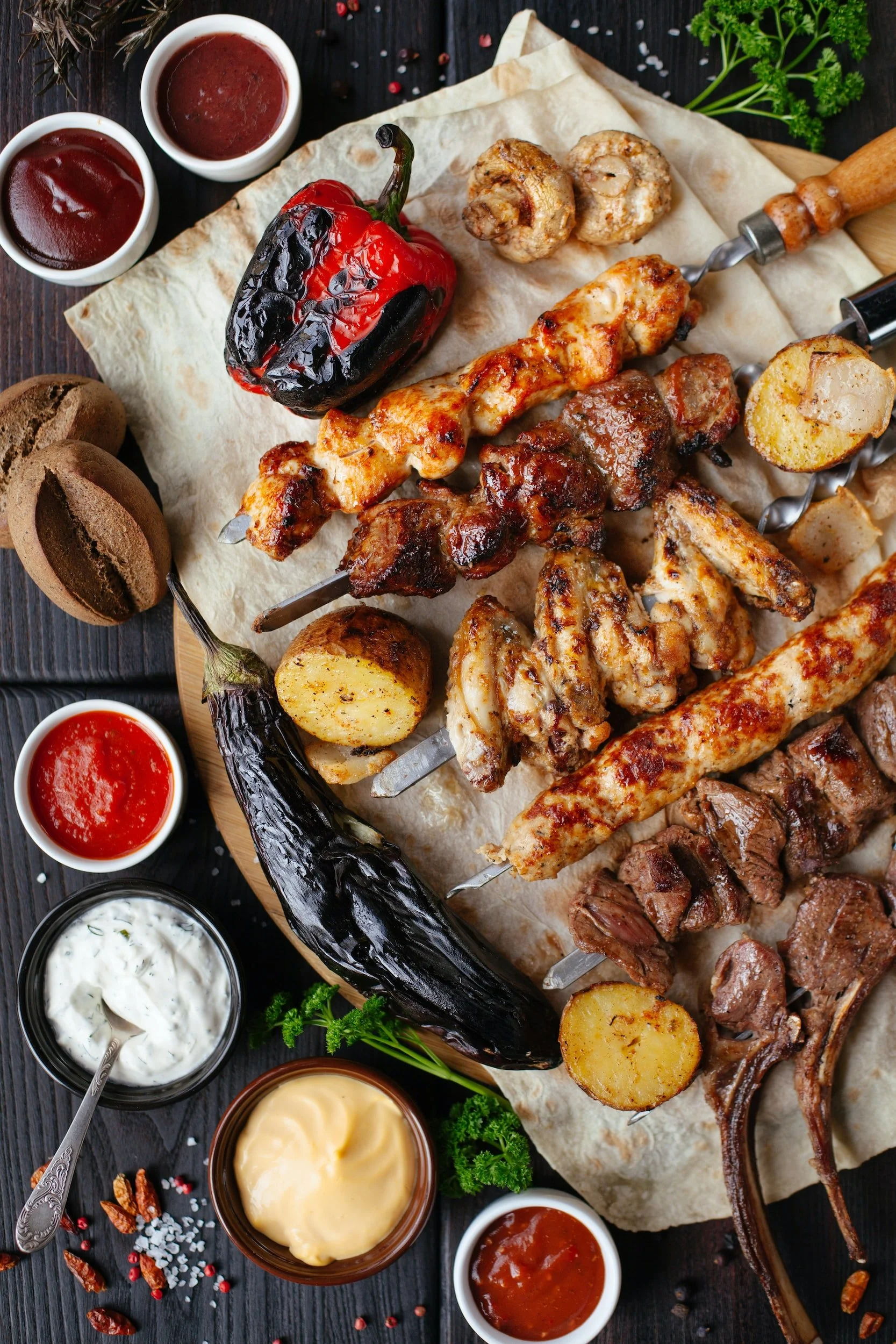10 Actionable Steps to Becoming More Metabolically Flexible
Most Americans subscribe to the Standard American Diet (S.A.D.) which is 60+ % carbohydrate (think: pancakes, granola, breads, bagels, pizza, pasta, rice, cereals, etc). We eat these foods for breakfast, lunch, and dinner and snack all day and night on processed, simple sugars (think: cookies, donuts, sugar cereal, chips, soda, candy, etc). Carbohydrates are absorbed by the body and turned into sugar in the blood which the body then uses for fuel for immediate use. When we consume more than we need, excess fuel is stored away as glycogen and body fat by a hormone called insulin.
When our bodies are accustomed to constantly fueling (and over-fueling) with sugar, our genes down-regulate the ability to use fat as a source of fuel. We become “metabolically inflexible.” As such, when we are even a little low on sugar, our bodies will begin to crave it. This is called the “carbohydrate/sugar roller coaster.” Being metabolically inflexible makes it extremely difficult, if not impossible, to loose excess body fat.
Metabolic Flexibility is the ability to use whatever fuel is available (carbs, fats, ketones), including stored fuel. Individuals must begin to change eating habits and control carbohydrate intake in order to become metabolically flexible and fat-adapted. Which means becoming a fat-burning machine instead of a sugar burning machine.
Hunger between meals can be a sign that you are not yet fat-adapted or metabolically flexible. If one of your goals is to lose weight, becoming metabolically flexible is a prerequisite.
Here are some actionable steps to becoming Metabolically Flexible:
Time Restricted Eating (TRE) / Intermittent Fasting (IF)—Each day, have a minimum of 12 hour fasting window. This means your feeding window is also 12 hours. As you become “fat-adapted” and begin to up-regulate your fat-burning genes you will begin to use stored fat as a source of fuel that will sustain you for longer and longer periods without craving sugar! A fasting:feeding, 16:8 is optimal for most people. But if you are new to this, make sure you work your way up to it! Your body will appreciate it.
Decide to not eat anything for at least 1 hr after waking and 2-3 hours before going to bed. You should always be hydrating with water and electrolytes, however.
Make your first meal of the day a low glycemic / low carbohydrate meal. Eggs with meat, veggies and cheese is a better option than waffles and syrup. Meal replacement shakes like HLTH code that are made specifically to be highly satiating and low in sugar are also a great convenient option when you are on the go.
Do not drink empty calories (soda, fruit drinks, etc.). Hydrate with water and electrolytes. Protein drinks/meal replacements are ok just be mindful of the sugar content.
Hydrate with water & electrolytes throughout the day. Get a 32 oz. stainless steal bottle and drain it at least twice a day. If you wait until you are thirsty to drink water, you are already dehydrated.
Prioritize protein — protein is highly satiating and used as building blocks for the body. The RDA (recommended daily allowance) is ~0 .8 g / kg. This amount is good if you are trying just to survive! However, to thrive, strive for 2 g / kg / day (or 1 - 1.5 gm / lb. ideal bodyweight).
Prioritize real foods. Cut down on highly-processed foods. Most food is processed in one way or another. Freeze drying fruit and vegetables and salting meat to preserve it are both examples of food processing. So not all processed food is junk. But all junk food is processed. Stay away from the junk as much as you can. The sad thing is that junk food (sugar cereal, candy, cake, donuts, cookies, etc.) have become so common-place in our modern eating habits, that they seem “normal” to us. But rest assured, they are not optimal for human performance and health! Now to be sure, I do not want to live in a world with out ice cream and donuts! But we need to view these as what they are — TREATS. Not staples of our diet!
Cut down on mindless snacking. If you need to snack, at least find snacks with higher nutritional value than potato chips! Something with fat and protein is ideal (cheese, hard-boiled egg, almonds, jerky, etc.) If you need to snack between meals, you might not be eating enough protein at mealtime.
Don’t be scared of healthy dietary fat. The dietary world has had this backwards for a long time. Healthy fats have been drained out of most foods to be labeled as “low fat.” Sugars were then added to make the food more palatable. Dietary fat is an excellent fuel source that keeps insulin levels low and keeps you feeling full longer.
Start with good, then get better, then strive for best over time. Do not let slip-ups or an indulgence here or there get you down. When you become metabolically flexible, you can have that cookie and you will digest it and use it much more efficiently than you could if your system is metabolically inflexible!



